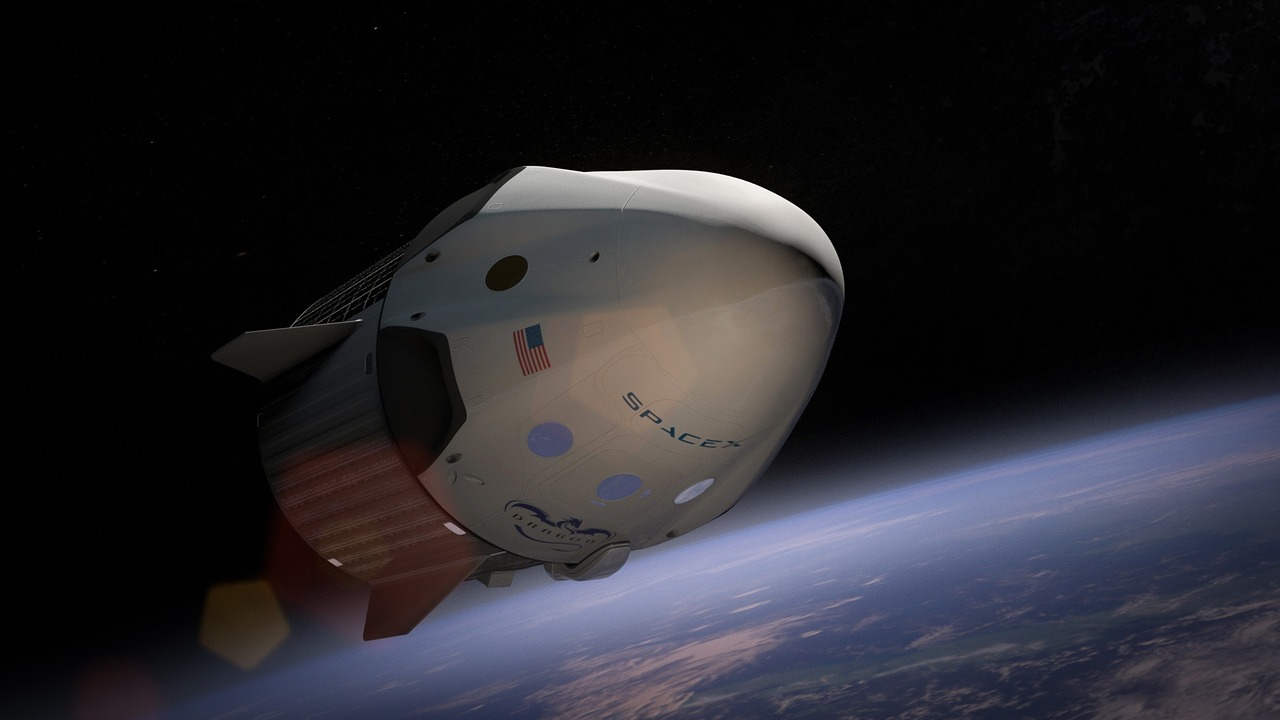


File Photo
LOS ANGELES, March 3 (Xinhua) -- An unmanned SpaceX's Starship prototype on Wednesday exploded on the ground shortly after landing in a test flight, according to a SpaceX video online.
After the flight, flames were seen to come out from the bottom of the Starship rocket Serial Number 10, or SN10, and it exploded minutes after landing.
During the flight, the spacecraft shut down three Raptor engines in sequence during the ascent, flew to a planned peak altitude of 10 km, and then performed a "belly flop" maneuver to a horizontal orientation to descend back to its landing pad.
SN10 had a beautiful soft landing on the landing pad in the site at Boca Chica, Texas, said John Insprucker, a SpaceX engineer who hosted the company's webcast of the flight.
But it exploded a few minutes after it stood on the concrete pad, rising up and crashing down again in a huge fireball.
The cause of the explosion, or whether it was intentional, was not immediately clear.
"The key point of today's test flight was to gather the data on controlling the vehicle while re-entering," Insprucker said. "And we were successful in doing so."
It was another high-altitude flight test of Starship, a huge next-generation launch vehicle developed by SpaceX, following two previous test flights of Starship SN8 and SN9, both of which also exploded on impact as they attempted to land.
A controlled aerodynamic descent with body flaps and vertical landing capability, combined with in-space refilling, are critical to landing Starship at destinations across the solar system where prepared surfaces or runways do not exist, and returning to Earth, said SpaceX.
"This capability will enable a fully reusable transportation system designed to carry both crew and cargo on long-duration, interplanetary flights and help humanity return to the Moon, and travel to Mars and beyond," said the company.
The next prototype, SN11, is "ready to roll out to the pad in the very near future," said Insprucker.
The space company said its Starship aimed to be the world's most powerful launch vehicle ever developed, with the ability to carry in excess of 100 metric tons to Earth orbit.

 Award-winning photos show poverty reduction achievements in NE China's Jilin province
Award-winning photos show poverty reduction achievements in NE China's Jilin province People dance to greet advent of New Year in Ameiqituo Town, Guizhou
People dance to greet advent of New Year in Ameiqituo Town, Guizhou Fire brigade in Shanghai holds group wedding
Fire brigade in Shanghai holds group wedding Tourists enjoy ice sculptures in Datan Town, north China
Tourists enjoy ice sculptures in Datan Town, north China Sunset scenery of Dayan Pagoda in Xi'an
Sunset scenery of Dayan Pagoda in Xi'an Tourists have fun at scenic spot in Nanlong Town, NW China
Tourists have fun at scenic spot in Nanlong Town, NW China Harbin attracts tourists by making best use of ice in winter
Harbin attracts tourists by making best use of ice in winter In pics: FIS Alpine Ski Women's World Cup Slalom
In pics: FIS Alpine Ski Women's World Cup Slalom Black-necked cranes rest at reservoir in Lhunzhub County, Lhasa
Black-necked cranes rest at reservoir in Lhunzhub County, Lhasa China's FAST telescope will be available to foreign scientists in April
China's FAST telescope will be available to foreign scientists in April